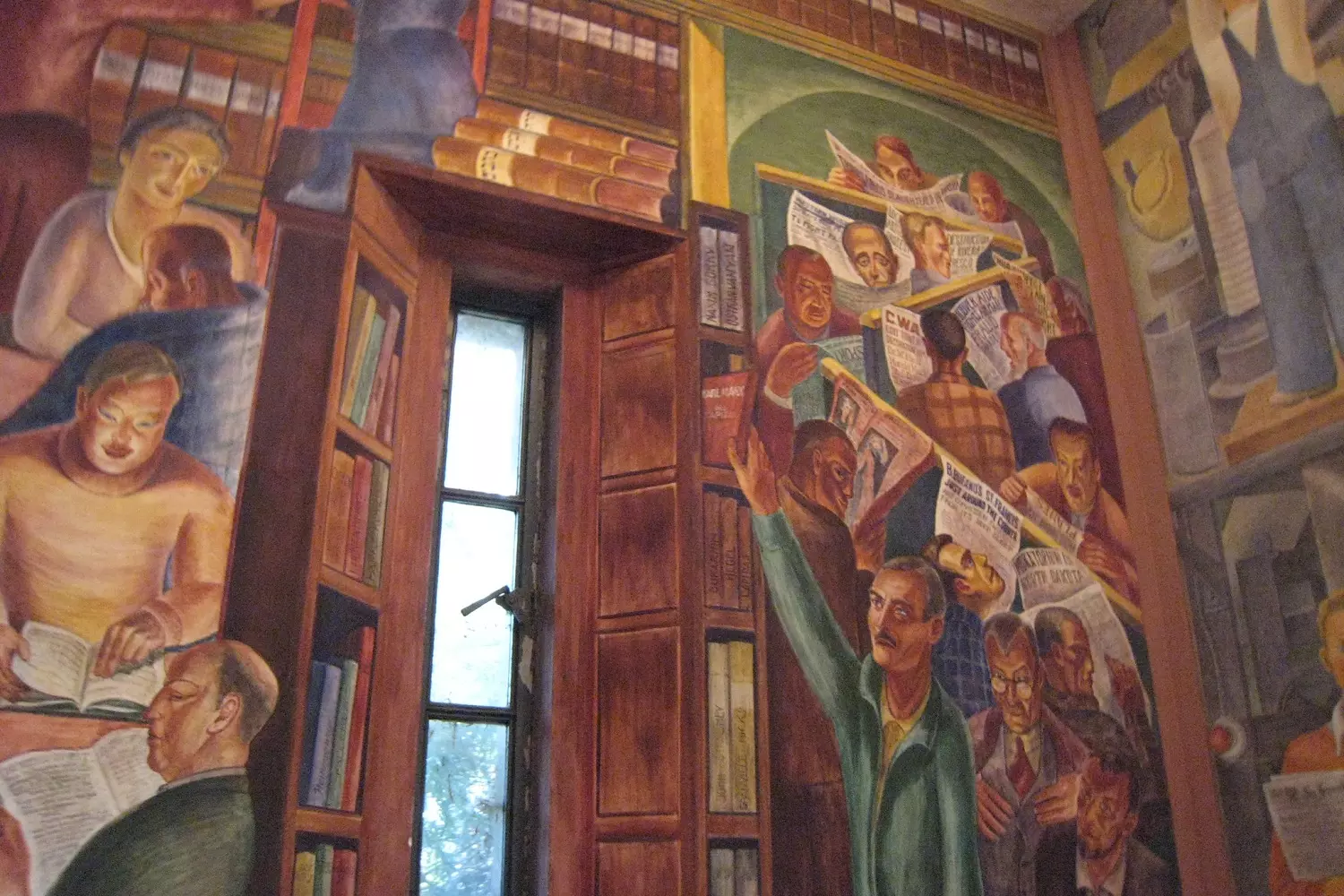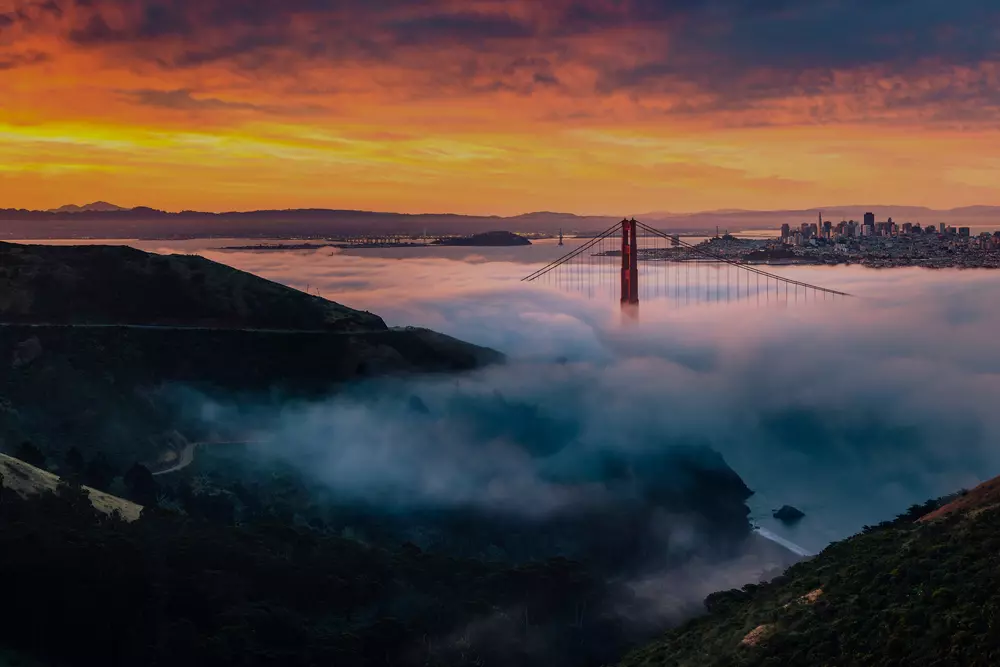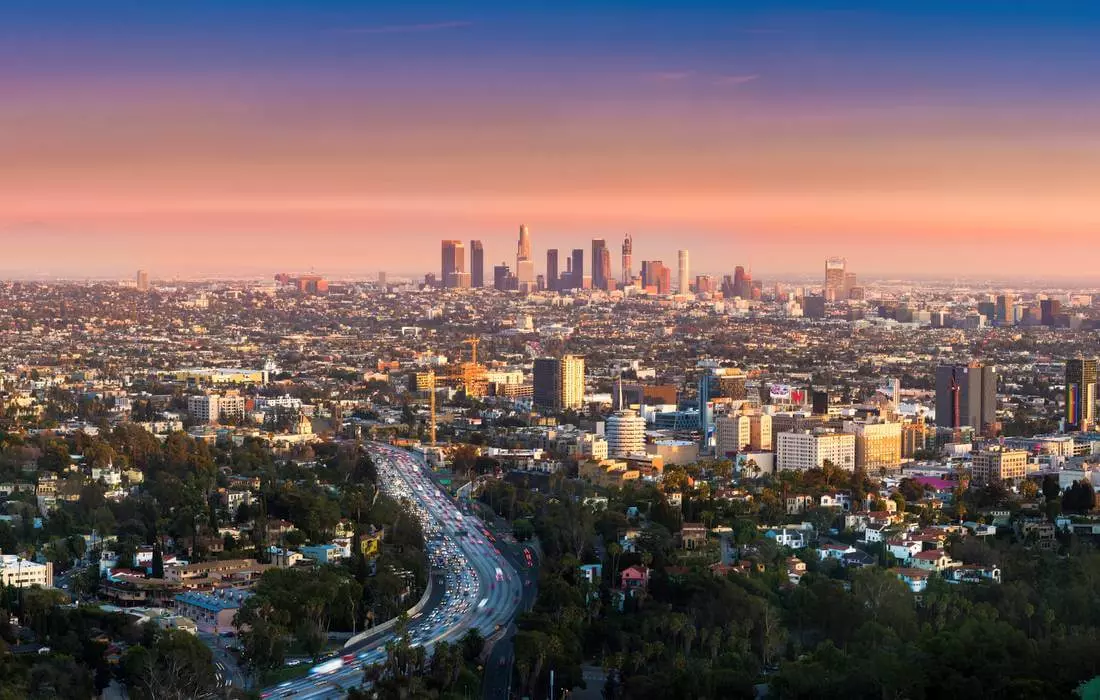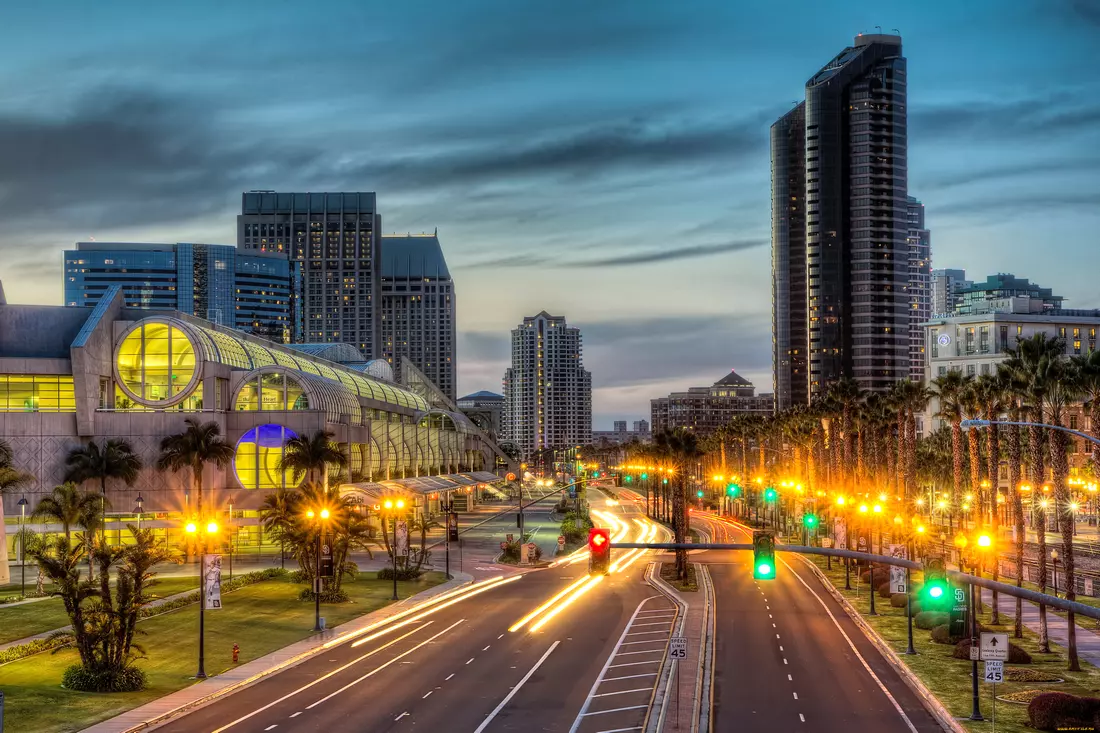When you stand on the observation deck of Coit Tower, the world seems to pause. Below, a stunning panorama of San Francisco unfolds: red rooftops, the gleaming Golden Gate Bridge, and the endless ocean. This is a place where history and modernity meet, and where you can feel part of something greater. Join us as we uncover the magic of Coit Tower.

The Story Behind Coit Tower
Coit Tower is an iconic symbol of San Francisco, drawing tourists from all over the world with its unique history and architecture. Built in 1933, the tower was funded by Lilly Hitchcock Coit, a woman with an extraordinary story and a deep love for her city.
Lilly Hitchcock Coit: A Remarkable Woman
Lilly Hitchcock Coit was one of the most vibrant and independent women of her time. Born into a wealthy family, she defied societal norms from a young age. Lilly was a passionate supporter of firefighters, often assisting fire brigades during emergencies. Her dedication even earned her honorary membership in a fire company.
When Lilly passed away in 1929, she left a significant portion of her fortune to San Francisco, wishing to make it even more beautiful. Coit Tower stands as a testament to her generosity.

Architecture and Symbolism
Designed by architects Arthur Brown Jr. and Henry Howard, Coit Tower is a 64-meter-tall masterpiece of Art Deco architecture, a style that was popular in the 1930s.
The tower’s shape is one of its most intriguing features. Some believe it resembles a firefighter’s hose, reflecting Lilly’s love for firefighting. However, the architects maintained that the design was chosen purely for aesthetic reasons.
Built During the Great Depression
Coit Tower was constructed during the Great Depression, a time of economic hardship in the United States. To support employment, artists were commissioned to decorate the tower’s interior under the Federal Art Project.
Coit Tower Today
Today, Coit Tower is more than an architectural landmark. It’s a symbol of generosity and love for the city. Visitors are drawn to its breathtaking views, historic murals, and unique design that still sparks debates.

The Murals of Coit Tower
The murals inside Coit Tower are a true treasure, depicting life in California during the 1930s. Covering the walls of the tower’s first floor, these murals make Coit Tower not just an architectural monument but also a cultural heritage site.
The Origin of the Murals
The murals were created in 1934 as part of the Federal Art Project, which supported artists during the Great Depression. More than 25 artists, inspired by Mexican muralism and the works of Diego Rivera, contributed to this project.
Themes of the Murals
The murals vividly portray everyday life and the economy of 1930s California, highlighting various social, cultural, and economic aspects:
- Agriculture: Farmers harvesting crops, pastoral scenes with animals and vineyards.
- Industrialization: Factories, workers at machines, and scenes of industrial life.
- Culture and Education: Students in classrooms, libraries, and universities. Artists and musicians creating masterpieces.
- Social Dynamics: Protests, strikes, and demonstrations reflecting the tensions of the era.
These murals not only decorate the walls but also serve as a vivid historical narrative.

The Unique Style
The murals at Coit Tower are painted in a realistic style yet infused with profound symbolism. They vividly capture the spirit of the 1930s, emphasizing the importance of labor, education, and social change.
Preservation and Protection
Initially, some of the murals sparked controversy due to their social themes and were even temporarily hidden from the public eye. Today, these masterpieces are carefully preserved, with access granted exclusively through guided tours to ensure their protection for future generations.
More Than Just Murals
The murals of Coit Tower are more than mere wall paintings; they are a visual chronicle that brings the region's history to life. They offer a glimpse into 1930s San Francisco, allowing visitors to see the city through the eyes of its residents nearly a century ago.
Science Museum Exploratorium in San Francisco
Panoramic Views
One of the main reasons to visit Coit Tower is the stunning panoramic view of San Francisco and its surroundings. Perched atop Telegraph Hill, the tower offers year-round breathtaking vistas:
- Golden Gate Bridge: An iconic sight, especially enchanting in morning fog or at sunset.
- San Francisco Bay: A serene expanse of water with sailboats and ferries. You can also spot Alcatraz Island, the infamous former prison.
- City Skyline: A mix of modern skyscrapers, including Salesforce Tower and Transamerica Pyramid, and charming neighborhoods with colorful Victorian homes.
- Pier 39 and Fisherman’s Wharf: Bustling waterfront areas, full of life and activity.
- Hills and Green Spaces: San Francisco’s rolling hills and parks, like Presidio and Lincoln Park, are visible in all their glory.
How to Get to Coit Tower
Reaching Coit Tower is an adventure in itself. Located at the top of Telegraph Hill, the journey is filled with scenic views and the unique charm of San Francisco.
Getting There:
- On Foot: Take the Filbert Steps, which begin at the intersection of Filbert and Sansome Streets. This scenic stairway winds through beautiful gardens and tranquil corners of Telegraph Hill.
- By Public Transit: Bus #39 Coit Tower takes you directly to the site. Buses #8, #30, or #45 will get you to the base of the hill, followed by a short walk.
- By Car: Limited parking is available near the tower, but spots fill up quickly, especially on weekends.
- By Ride-Sharing Services: Uber or Lyft is a convenient option, especially for families or time-sensitive visitors.
Wear comfortable shoes if you plan to walk, and bring a jacket as it can be windy at the top, even during summer.

Additional Information
-
Address
-
Telephone
(415) 249-0995
-
Web site
-
Mode of operation
Daily: 10:00–18:00 (may be subject to change on holidays)
-
Cost
- Adult: $10;
- Child (under 12): $7;
- Over 65: $7;
- First Floor Frescoes: free.
| Address | |
| Telephone | (415) 249-0995 |
| Web site | |
| Mode of operation | Daily: 10:00–18:00 (may be subject to change on holidays) |
| Cost |
|

































